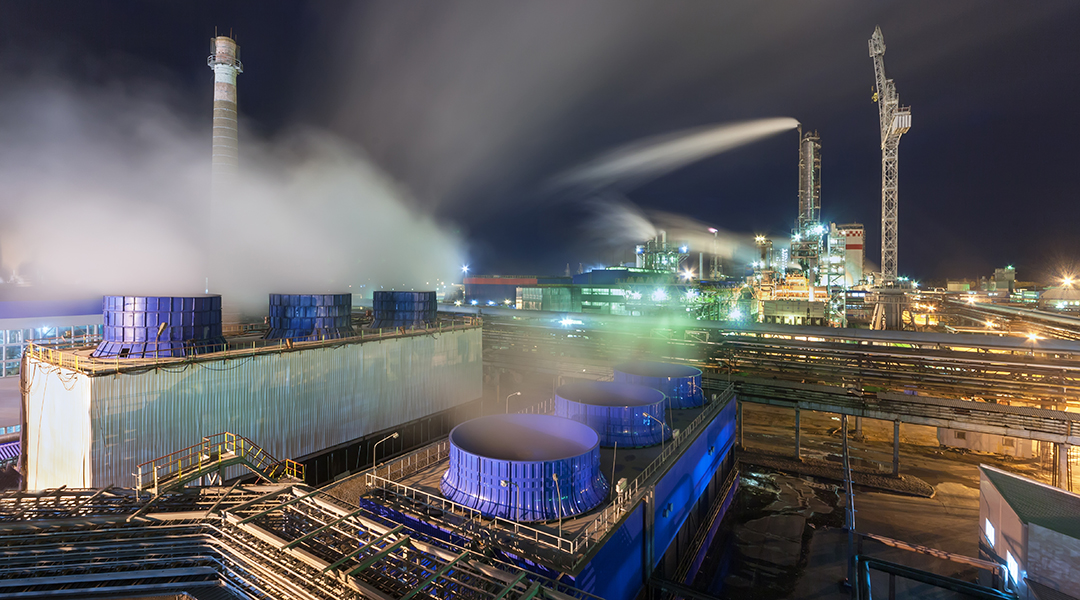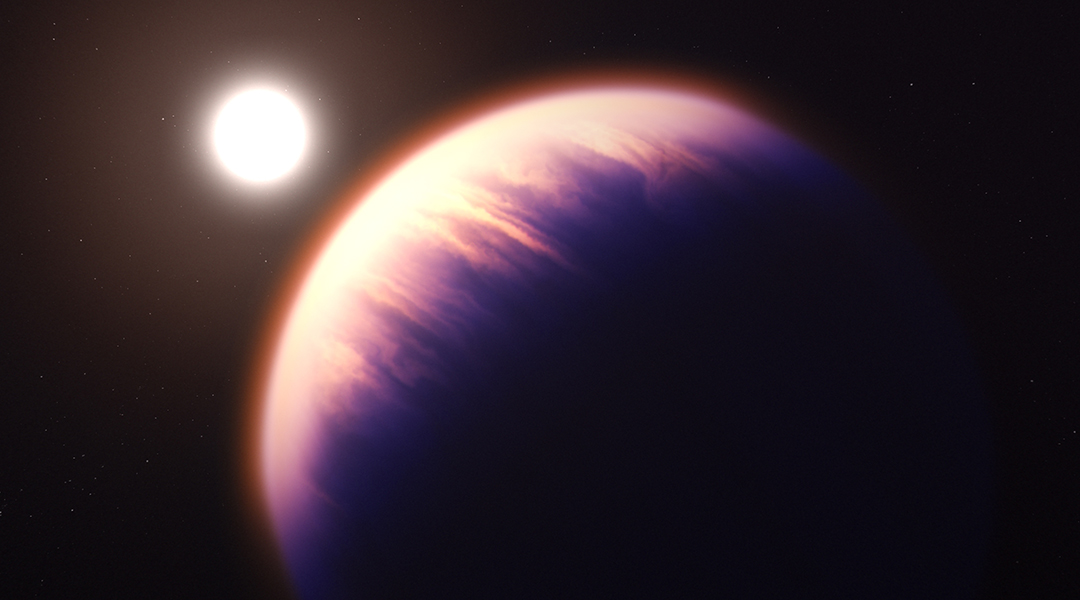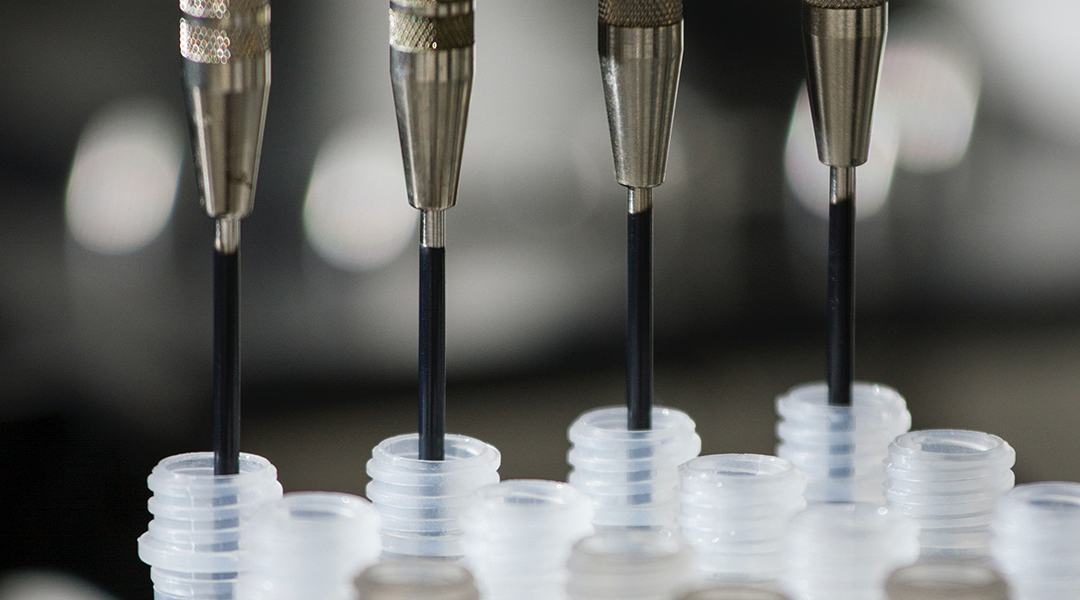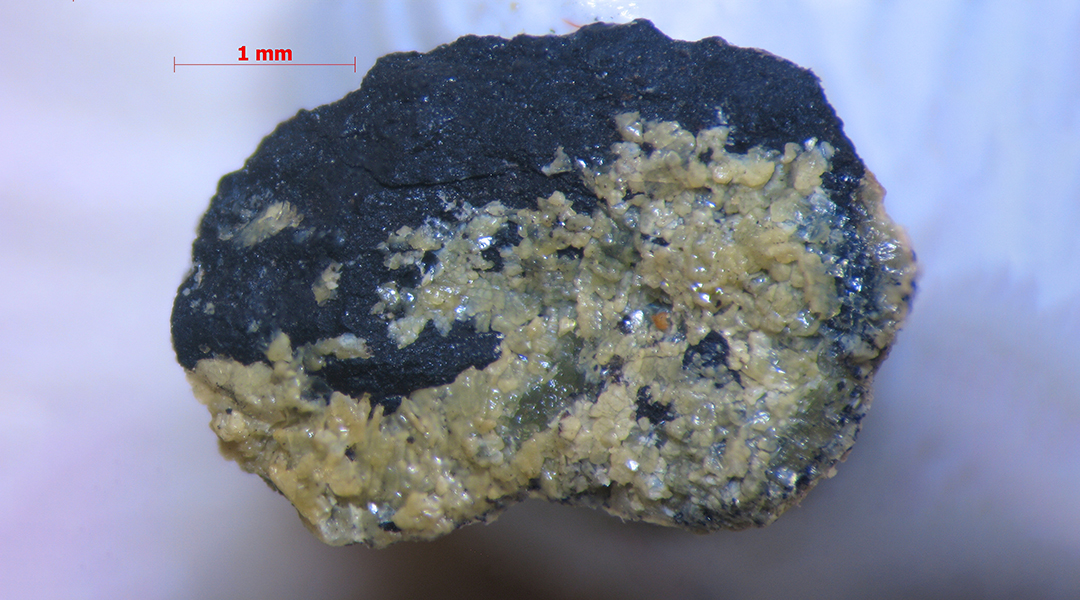With a fossil fuel–derived climate catastrophe on our doorstep, many see ammonia as a possible alternative fuel source.


With a fossil fuel–derived climate catastrophe on our doorstep, many see ammonia as a possible alternative fuel source.

An automated synthesis platform called Chemspeed reduces time and labor when searching for organic molecules as gain mediums in lasers.

New observations of WASP-39b with the JWST has provided the clearest, most detailed picture of an exoplanet to date.

Soggy, limp paper straws have for too long been the only option to minimize plastic waste, but a new, improved design will remedy this.

To bring down the cost of a conventional reaction, researchers are turning to green chemistry and wine to provide the right conditions.

With varying climate conditions around the world, where are the most cost-effective locations to deploy direct air capture facilities?

A lot is riding on COP27, and while many are feeling the pull of cynicism, there are still many reasons to remain optimistic.

Artificial enzymes could help bring down the manufacturing costs of different medications, making them more available to patients.

A mini, portable tool to measure light could improve everything from smartphone cameras to environmental monitoring.

It was believed that MOFs were a purely synthetic construct, but discoveries of natural examples have shaken this perception.